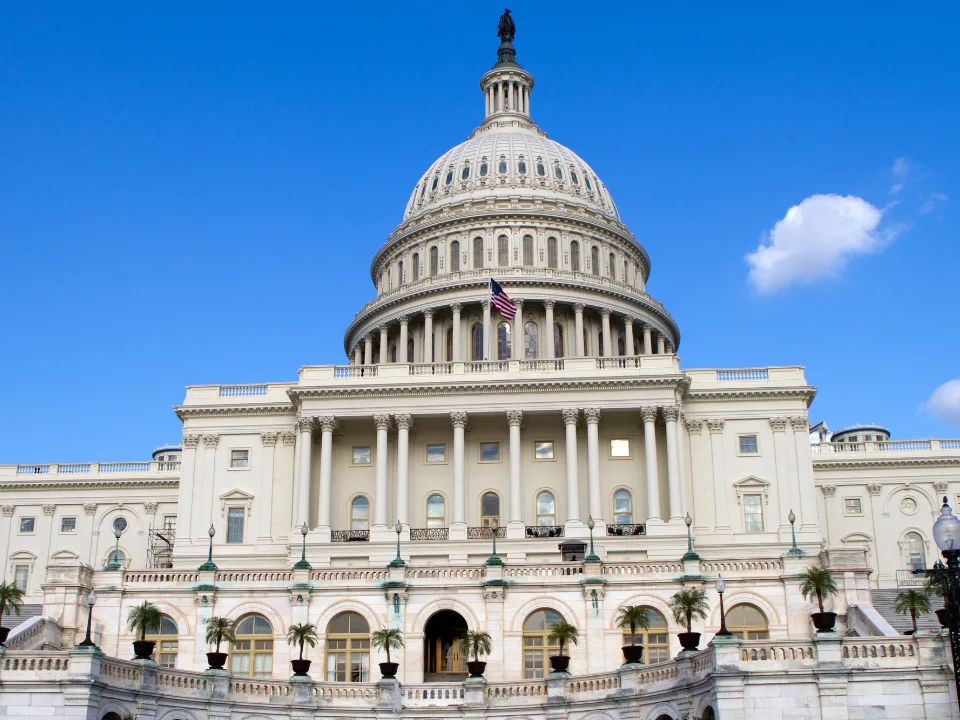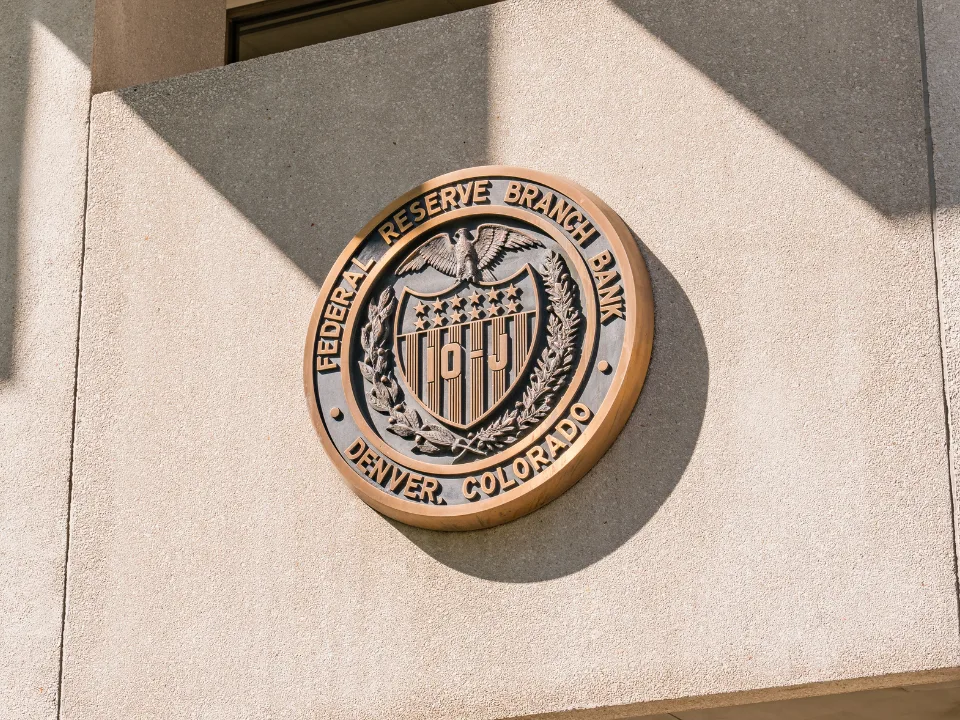- The Fed voted to advance a proposal lowering enhanced supplementary leverage ratio (eSLR) requirements for major banks, aiming to improve market liquidity.
- The rule change would reduce holding company capital ratios from 5% to 3.5–4.5% and lower bank subsidiary requirements from 6% to the same range.
- Critics argue the move could reduce bank capital by $210B and increase systemic risk, while supporters say it returns the eSLR to its intended role as a backstop.
Regulatory Reset: Fed Moves to Loosen eSLR Rules
The Federal Reserve Board on Wednesday advanced a controversial proposal to ease capital rules for the country’s largest banks, marking a significant shift in post-crisis financial regulation. The changes target the enhanced supplementary leverage ratio (eSLR), a safeguard introduced after 2008 to ensure banks retained sufficient capital against all assets, including low-risk ones like US Treasuries.
The proposal—passed in a 5–2 vote—would lower the eSLR capital requirement for bank holding companies to between 3.5% and 4.5%, down from 5%. Subsidiary banks would see their threshold drop from 6% to the same range. According to GlobeSt, the proposal, issued jointly with the Office of the Comptroller of the Currency, is open for public comment for 60 days.
Why the Fed Is Acting Now
Supporters of the move, including Fed Chair Jerome Powell, argue that the eSLR has evolved from a backstop into a binding constraint, limiting banks’ flexibility during market stress. By loosening the rules, the Fed hopes to free up capital and improve liquidity in the $29 trillion US Treasury market, especially during periods of volatility.
Vice Chair for Supervision Michelle Bowman stated the shift “will help build resilience in US Treasury markets” and reduce the need for future Fed intervention.
Get Smarter about what matters in CRE
Stay ahead of trends in commercial real estate with CRE Daily – the free newsletter delivering everything you need to start your day in just 5-minutes
A Divided Board—and Industry
Opponents within the Fed Board raised concerns over reduced capital buffers. Michael Barr, Bowman’s predecessor, warned the proposal could cut bank capital by $210B across global systemically important banks, raising the risk of failure and putting pressure on the Deposit Insurance Fund. Board member Adriana Kugler also dissented, questioning whether the benefits to market intermediation were worth the potential financial stability risks.
While the proposal marks a clear policy shift, it does not include the more aggressive exemptions some in the banking industry had hoped for—such as excluding Treasuries and central bank reserves entirely from the leverage calculation, a step that was briefly allowed during the COVID-19 crisis.
What’s Next
The Fed is soliciting public feedback on alternative approaches, including potentially excluding Treasuries held for trading or all Treasuries and reserves. The final rule is months away, but the debate underscores the delicate balance regulators must strike between market efficiency and systemic safety.
As the comment period unfolds, all eyes will be on how regulators incorporate feedback—and whether the final rule tilts further toward easing, or reins in the most aggressive elements to preserve financial stability.


















